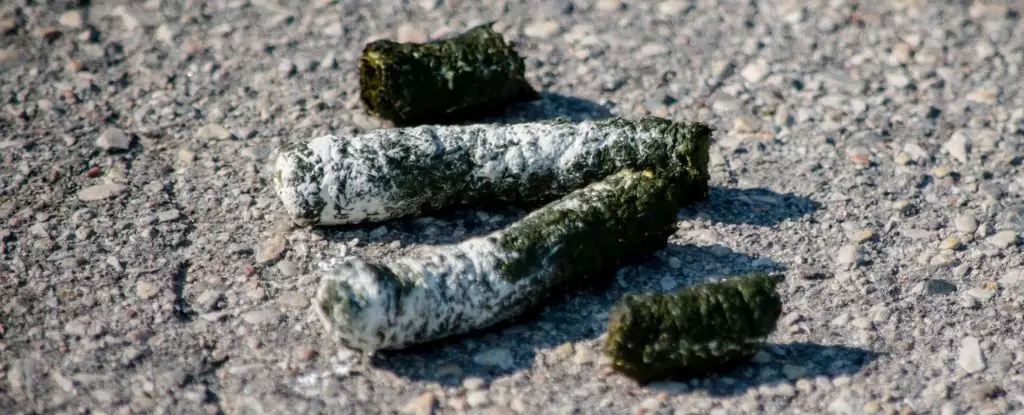In an exciting initiative that merges education with discovery, a group of middle school students in Chicago has embarked on a journey that highlights the power of nature and the curiosity of youth. Under the guidance of researchers from the University of Illinois, these students have begun exploring their environment with the specific goal of uncovering new biomedical compounds. By harnessing the raw materials in their surroundings—often overlooked and dismissed—the program is enabling students to engage with science in a profound and meaningful way.
The recent spotlight has fallen on a daring student who collected goose droppings, an act typically frowned upon, but in this instance, it became a catalyst for scientific exploration. The collected sample served as the foundation for isolating a previously unknown bacterium with significant antibiotic properties. This excitement is not just limited to discovery; it represents the amalgamation of education, research, and a commitment to improving public health.
The Implications of Discovering Novel Antibiotics
In the age of antibiotic resistance, the need for innovative medical solutions is more pressing than ever. The isolation of Pseudomonas idahonensis—a gram-negative bacterium—highlights the potential of environmental microorganisms in contributing to medical science. The fact that this strain demonstrated the ability to inhibit more than 90 percent of a notoriously harmful gram-positive bacterium is a monumental finding. This successful isolation not only showcases the inherent capabilities of nature but also underscores the crucial role that young scientists can play in addressing alarming healthcare challenges.
While the student has received recognition as a co-author on a peer-reviewed paper detailing these findings, the path to real-world application is fraught with complexity. Researchers are currently probing to identify the exact compounds responsible for the observed antibiotic activity. This aspect of the research is particularly noteworthy: understanding how these natural products function can pave the way for developing new therapeutic agents essential to our arsenal against resistant pathogens.
Education plays an indispensable role in the evolution of scientific inquiry and public health. The 14-week outreach program that facilitated this discovery was designed not just for students to learn, but to ignite a passion for science within them. By engaging with the natural world and diving into real-world research practices, these young learners gain insight into the potential ramifications of their studies. This experiential education fosters a sense of responsibility and a proactive sensibility towards modern health crises.
Furthermore, the program aligns with broader educational goals that aim to integrate STEM (science, technology, engineering, and mathematics) learning into the curriculum. Promoting scientific literacy among youth is critical, especially as society grapples with issues such as antibiotic resistance, cancer, and emerging infectious diseases.
The recent discovery of orfamide N, a novel natural product derived from the isolated Pseudomonas bacterium, opens new avenues for further research. This compound has already shown promise in laboratory settings, specifically in inhibiting the growth of melanoma and ovarian cancer cells. This raises tantalizing questions about the hidden potential locked within unexplored environmental substances. The discovery of antibacterial and anticancer properties in a goose’s diet emphasizes the untapped pharmacological treasures found in nature.
While the excitement surrounding these findings is well-placed, it’s essential to recognize that the journey from discovery to clinical application is lengthy, filled with hurdles and inevitable failures. The single successful sample among a multitude of environmental isolates illustrates the challenge faced by researchers. The reality that only one out of 14 samples exhibited antibiotic activity serves as a reminder of both the unpredictability and the potential of scientific endeavors.
The initiative to involve middle school students in scientific exploration demonstrates an inspiring blend of enthusiasm, education, and discovery. By placing young learners at the forefront of research, we empower a new generation to take on the challenges that affect their communities and the world at large. The success story of the goose droppings, resulting in groundbreaking findings, serves as a testament to the intricate connection between the natural world and scientific innovation.
In the fight against disease, understanding and exploring our environment may hold the keys to unlocking new treatments. It reinforces the notion that sometimes the most surprising sources, such as a small pile of bird droppings, can lead to monumental breakthroughs in science and medicine. The future looks promising, as every new discovery is a step towards improving human health and combating the threats posed by antibiotic resistance and cancer.

